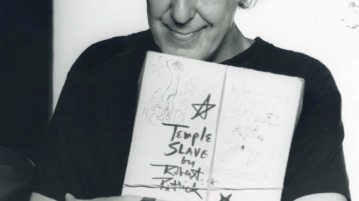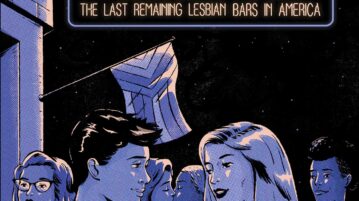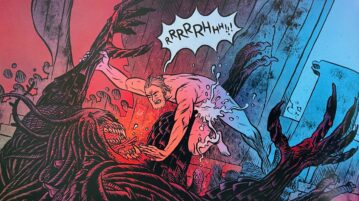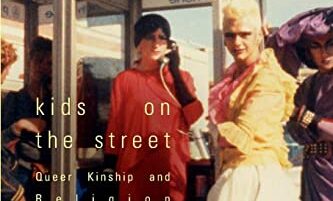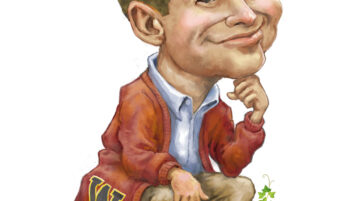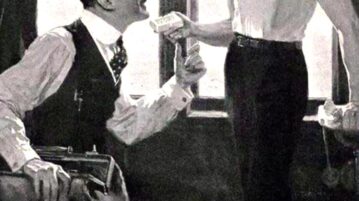
Leyendecker the Sly
J.C. LEYENDECKER (1874–1951) was an artist of many firsts. With his illustrations for The Saturday Evening Post, he can be said to have invented what the modern magazine cover should look like. He was one of the first popular artists to achieve a kind of greatness, and, as the most widely seen image-maker of his era, he defined the look of the fashionable American male during the first few decades of the 20th century. As a gay man himself, he did all this while introducing a subtly homoerotic subtext into many of his drawings, thereby prying open a crack in the closet door of his era.
More


